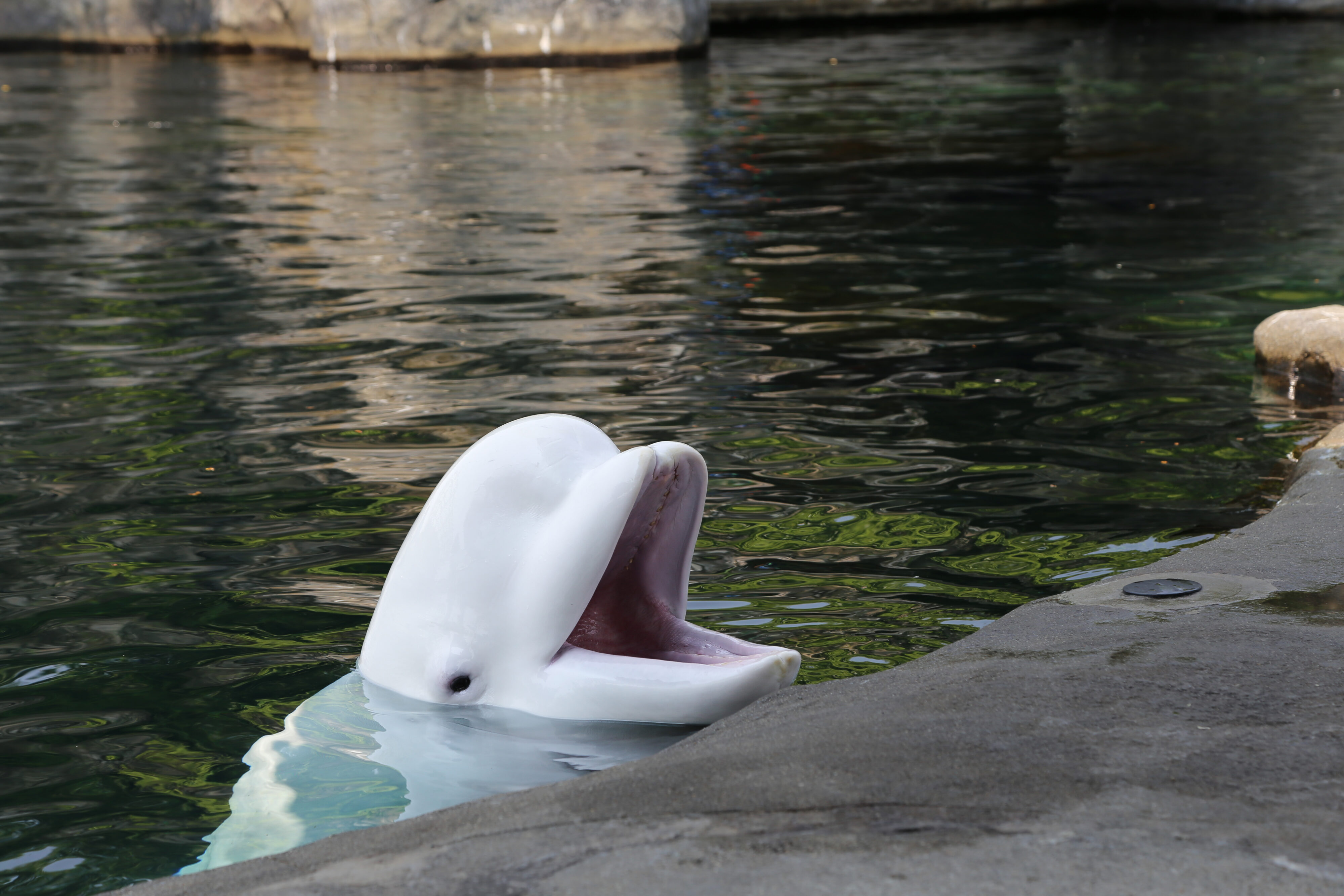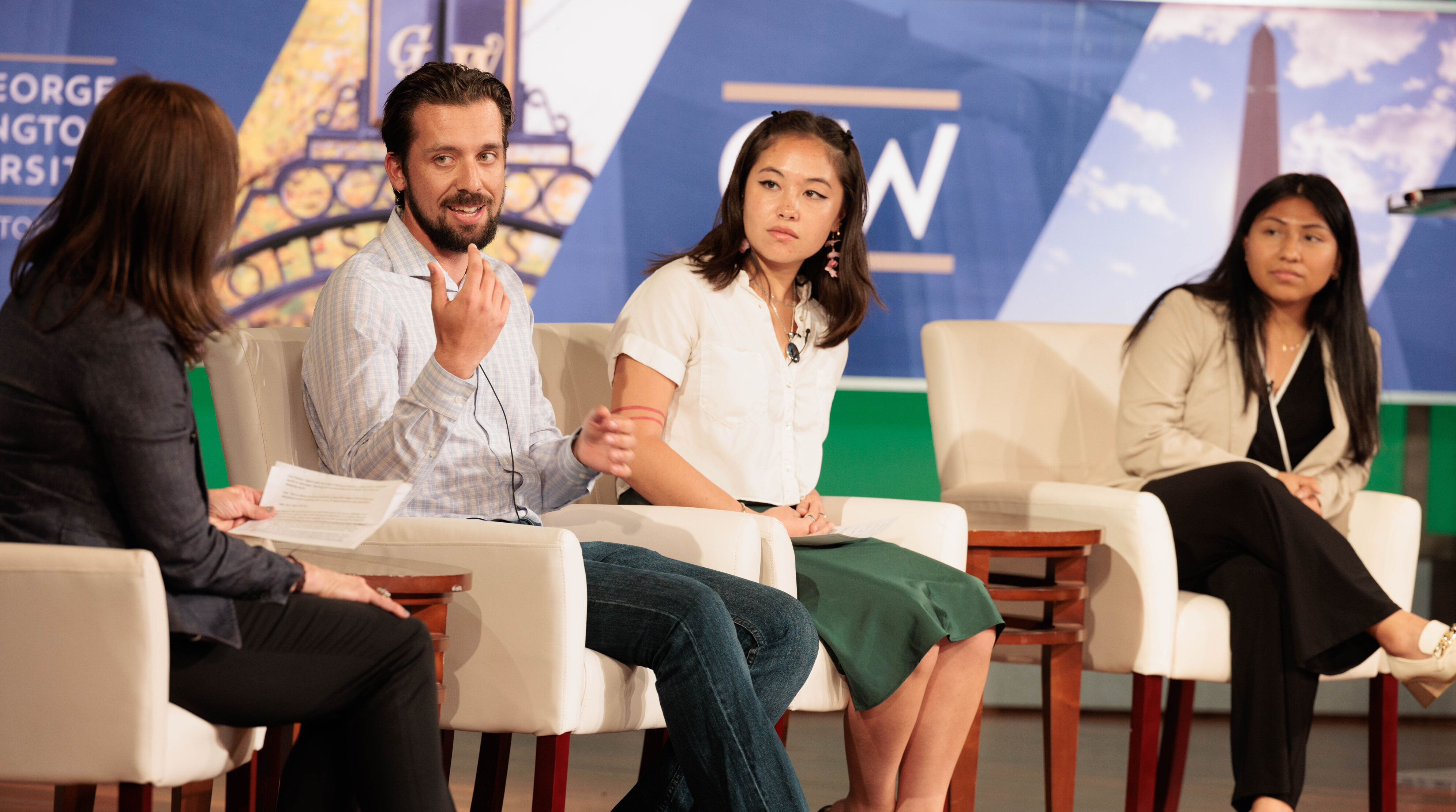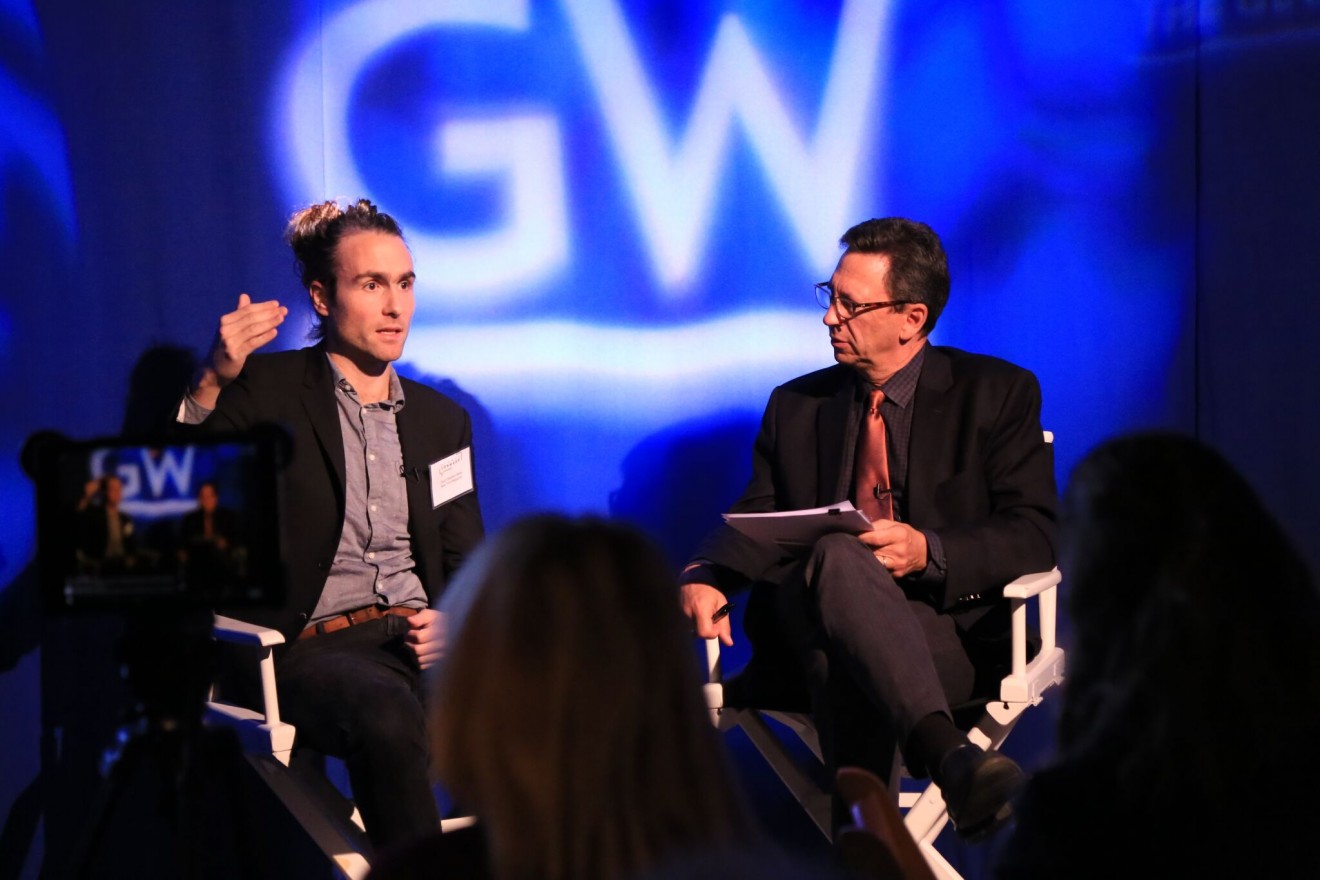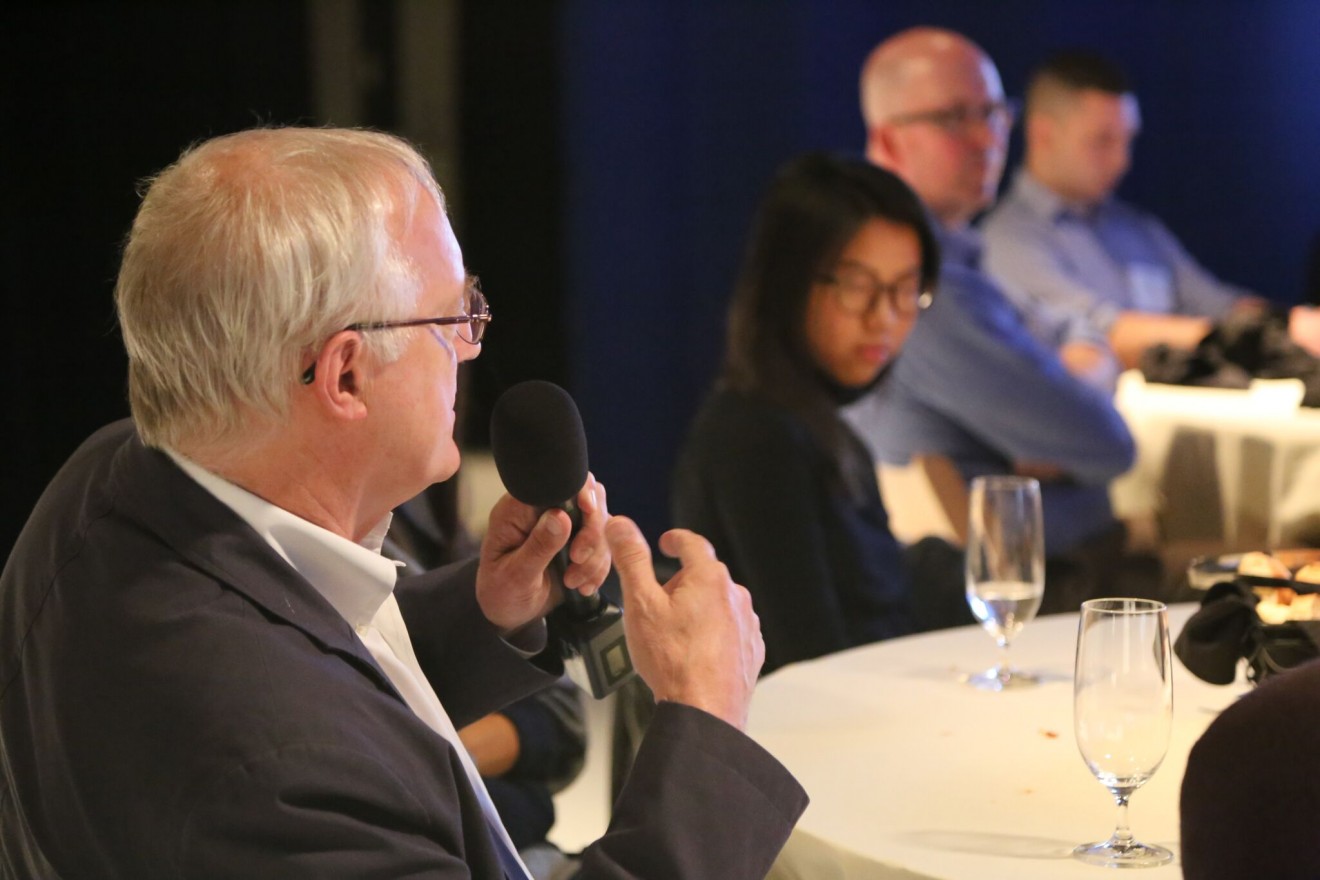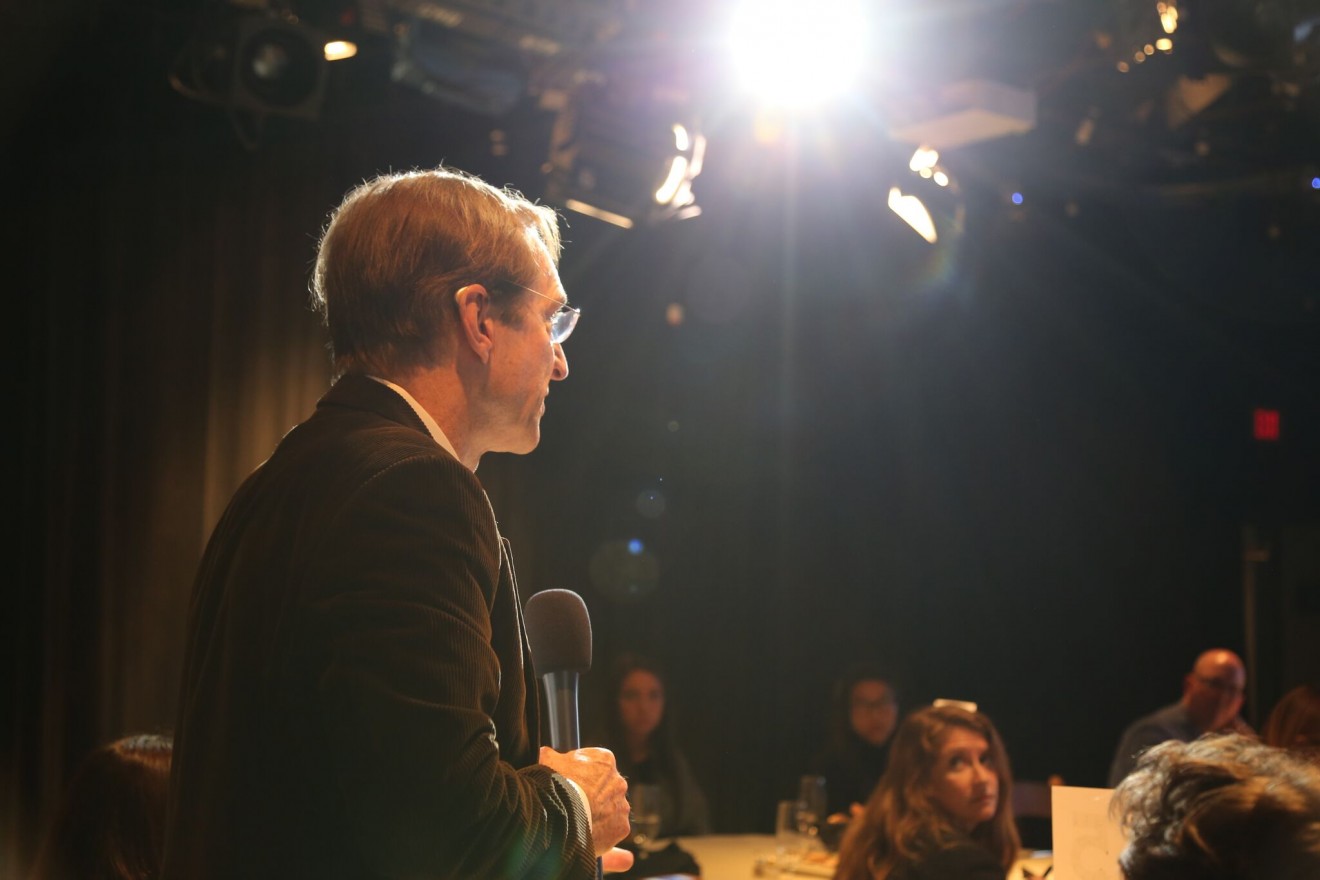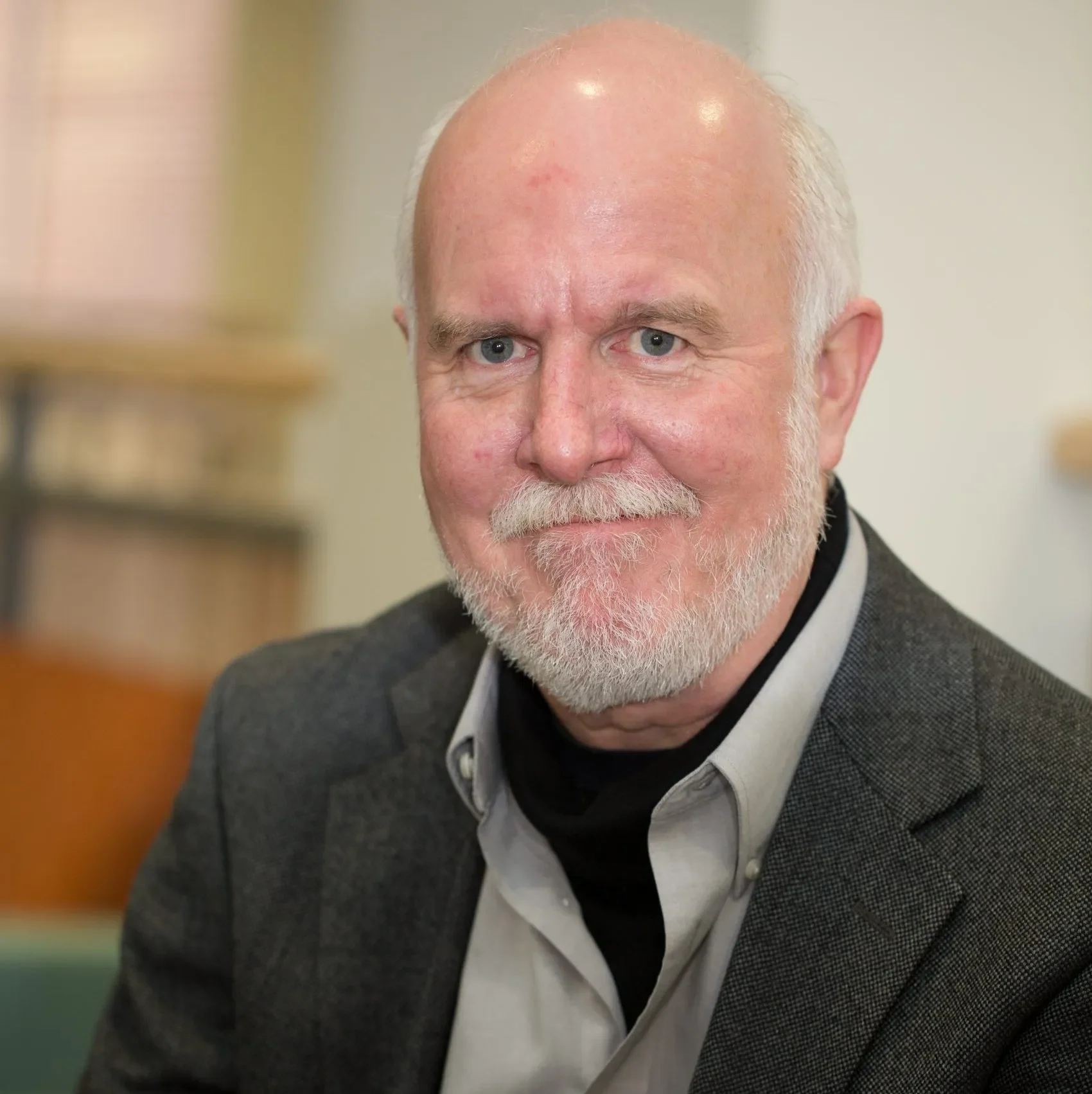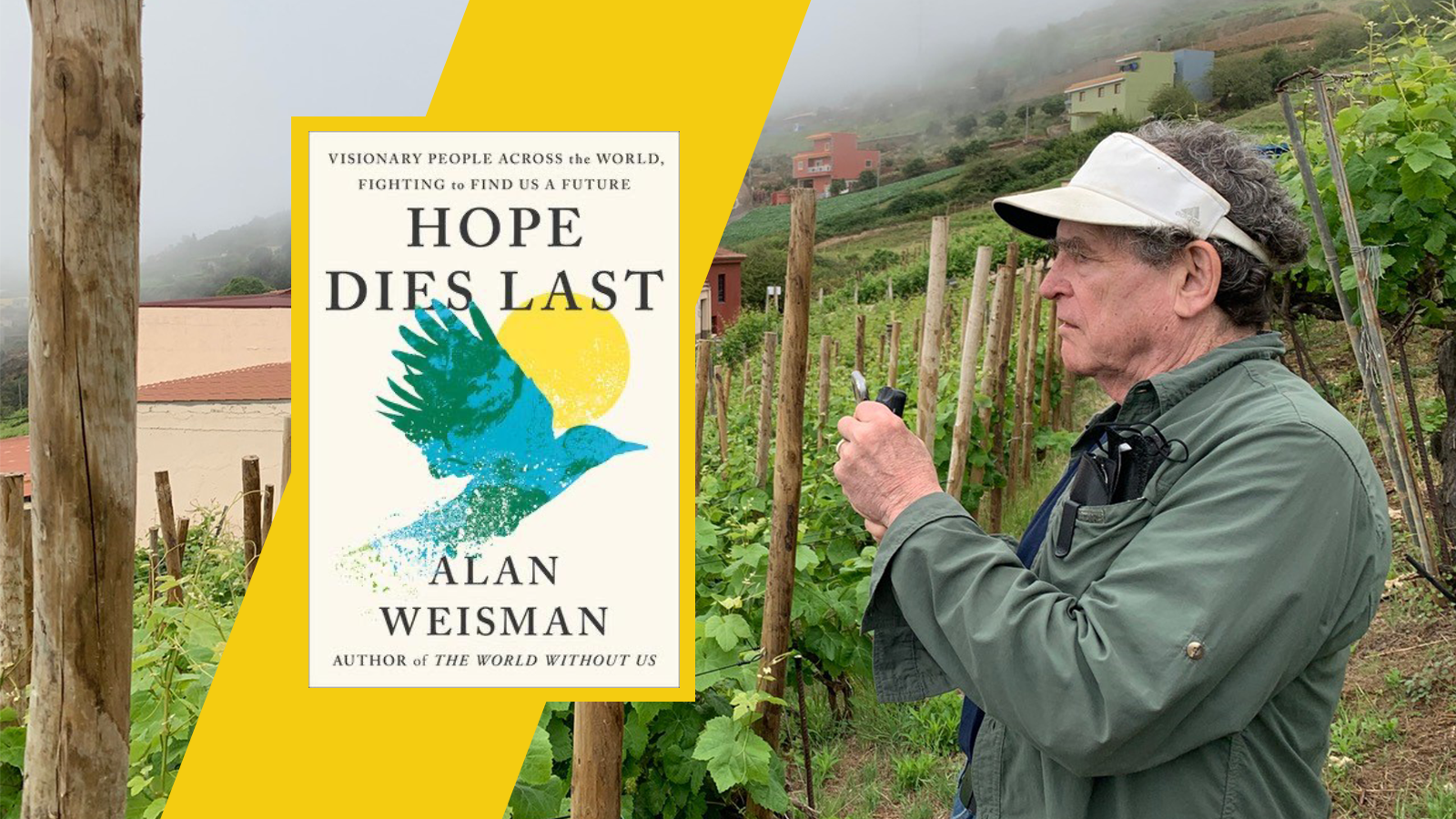 The Uninhabitable Earth." The piece rocked the world with frightening predictions of global warming and provoked widespread controversy across the U.S. It spurred conversations and counter-arguments from climate science doubters and supporters alike — and an annotated version of Wallace-Wells' article. Planet Forward founder Frank Sesno recently hosted a conversation with Wallace-Wells on the rhetoric of storytelling around climate change — and how we navigate it to move the planet forward.
Here are five things we talked about at the event:
The Uninhabitable Earth." The piece rocked the world with frightening predictions of global warming and provoked widespread controversy across the U.S. It spurred conversations and counter-arguments from climate science doubters and supporters alike — and an annotated version of Wallace-Wells' article. Planet Forward founder Frank Sesno recently hosted a conversation with Wallace-Wells on the rhetoric of storytelling around climate change — and how we navigate it to move the planet forward.
Here are five things we talked about at the event:
1. We've been treating the median climate change outcome as a worst case scenario, when there is still half a bell curve of scenarios that could be worse.
The Paris Climate Accord set a goal to keep global climate conditions from surpassing 2° Celsius. However, failing to reach this goal will result in disastrous consequences — and this was the focus of Wallace-Wells' article. Within the climate conversation Wallace-Wells said there seems to be a lack of urgency. Modeling shows that if emissions continue to rise at the same rate, by the end of the century the world could face temperatures as high as 6° Celsius above pre-industrial levels. When climate change scenarios are brought up, we often assume countries will react. However, there is the probability that the world community will not act, or act quickly enough. Wallace-Wells wanted to emphasize that current conversations do not go far enough in assessing the real risks of climate change.2. The world will not be saved by your decision to not eat beef.
“Ultimately, the world will not be saved by personal consumption choices," Wallace-Wells said. "It will be saved by political decisions and frameworks of cooperation between governments around the world.” So why does Wallace-Wells think government intervention is the only way we're going to see real solutions to climate change? Because governments have the ability to change and enforce behavior. While it’s great that we as environmentalists are looking out for the planet in our daily decisions, that alone is not enough. Everyone will be affected and, as such, our behaviors need to be adjusted to reduce our impact on a much larger scale.3. It’s more important to convince those who already care about climate to care more, than it is to convince climate-deniers to believe in the cause.
The likelihood of a climate-denier whole-heartedly taking on the issue of climate change is slim to none. Wallace-Wells said it is more productive to convince those who do understand the problem, to be more concerned about the issue. In a recent Gallup poll, only 33% of Americans were worried about climate change a “great deal.” Getting Americans to take action on climate change is difficult, as it’s not an issue that affects our day-to-day lifestyles. As environmentalists, we need to do a better job communicating the risks of climate change.4. It’s not an information issue, it’s an engagement issue.
We need to re-frame how we engage people on climate change. While climate scientists are great when it comes research and data analysis, they are not the best communicators. It is the job of those who are engaged, to use storytelling as a way to spread awareness on the immense risks the future holds, due to climate change. While "The Inhabitable Earth" received criticism, Wallace-Wells utilized the power of story to concern people about the issue.5. A single generation of people has caused the earth to shift from stability to instability. It’s our generation that is going to fix it.
Greenhouse gas emissions started as a result of the Industrial Revolution. However, it wasn't until after World War II that global emissions began to skyrocket. Unfortunately, we are talking about a single generation that neglected to consider the impacts of pollution. It’s now up to our generation, to learn from the mistakes of the past and find a solution. A sustainable future depends on the actions we take today. ">David Wallace-Wells, the author of the New York Magazine piece "The Uninhabitable Earth," sat down to talk about the magazine's most-read article with Planet Forward. Here are five things we learned about telling the climate story.





